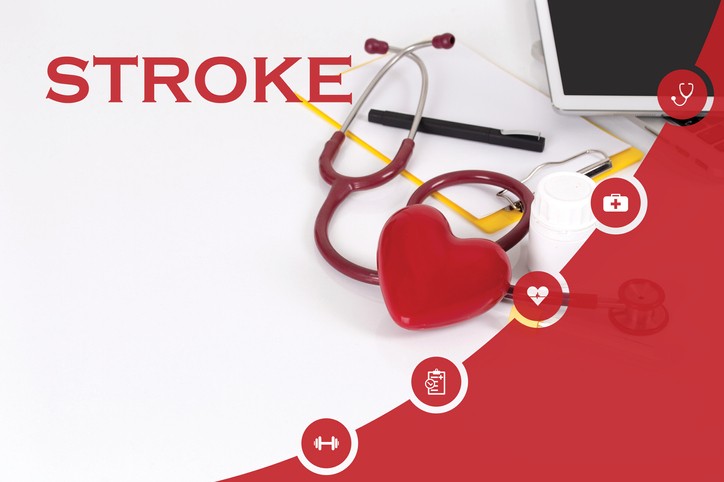Unmasking MS: More Common Than You Think, and Why We Fight So Hard
DEC 03, 2025MS is not rare. It’s estimated that nearly 1 million people in the United States and 2.8 million worldwide live with MS.
Read More
A stroke isn’t something most walk away from. It's a leading cause of disability and the fifth leading cause of death in the United States.
For stroke patients who are 65 years of age or older, 26% needed help with activities of daily living and 46% had cognitive impairment (problems remembering, learning new things, concentrating, making decisions) six months after their stroke.
Put simply, those who survive face an uphill battle.
That’s because brain cells do not have the capacity to regenerate. With time and physical activity, new connections can be formed in the brain. But the degree of stroke recovery depends on the size of the stroke, the area affected, age, type of stroke, brain health and presence of other health issues.
Studies have shown that 80 to 90% of strokes are preventable. That means you have the power to help increase your stroke prevention.
First, it’s important to understand what a stroke is. There are actually two kinds.
A hemorrhagic stroke occurs when a blood vessel ruptures and bleeds into the surrounding brain. Ongoing high blood pressure, for example, can weaken blood vessel walls and cause a hemorrhagic stroke.
An ischemic stroke is when a blood vessel becomes blocked and stops blood flow. This can happen when high cholesterol builds up plaque in blood vessels, which results in a blockage and an ischemic stroke.
These include:
If you have sleep apnea, nightly use of a CPAP machine significantly reduces stroke risk. It’s also important to take prescribed medications to control other conditions, such as diabetes mellitus, hypertension or high cholesterol. If you have any difficulty taking prescribed medications, tell your doctor so you can find a tolerable or cost-effective option.
Some medications can reduce stroke risk, but no medication works 100% of the time -- especially without lifestyle changes.
That’s where you come in.
A healthy diet decreases stroke risk by 20%. Decrease salt intake. Increase fruits and vegetable. Use olive oil. Add nuts and legumes. Choose low-fat dairy products and white meat (fish, poultry) while cutting down on red meat (beef, pork, lamb). Increase fiber and cut down on refined products.
Exercise decreases stroke risk by 30%. Get at least 25-30 minutes of moderate exercise (brisk walk, jogging, etc.) at least four times a week.
If you use alcohol, cut down to two glasses of wine per day for men and one glass per day for non-pregnant women.
Smoking increases stroke risk five-fold, so find a way to quit smoking.
Secondhand smoke can double your risk of a stroke. So, the best thing to do is reduce or eliminate your exposure.
Don’t use drugs like cocaine, heroin, amphetamines and marijuana, amongst others.
If you’re overweight, losing even 5 to 10% of your starting weight can lower your blood pressure and other stroke risk factors.
If you're serious about stroke prevention, learn more about stroke care at CHI Health.

MS is not rare. It’s estimated that nearly 1 million people in the United States and 2.8 million worldwide live with MS.
Read More
COPD is a group of progressive lung diseases that block airflow and make it difficult to breathe.
Read More
When reflux happens frequently (typically two or more times a week) or becomes severe enough to cause complications, it's considered GERD.
Read MoreWhen you need local health information from a trusted source, turn to the CHI Health Better You eNewsletter.